Finland’s light rail boom: How tramlines are transforming cities
Published on: July 3, 2025
Light rail is transforming Finland’s cities, shaping more sustainable, accessible, and vibrant urban environments. In Helsinki, Tampere and Turku, new tramlines are central to future growth.
Across Finland, cities are investing in modern light rail systems to meet climate targets, support urban development, and improve daily life for residents. Helsinki is expanding its network to realise its vision as a carbon-neutral “15-minute city”. Tampere is growing its tramway to strengthen regional connections and sustainable transport. Meanwhile, Turku is designing its first tramline to drive growth and environmental goals. Sweco’s experts are proud to play a key role in these city-shaping projects.
Tampere expands its tramway network to support sustainable growth
In Tampere, Sweco is supporting the city’s continued light rail expansion, building on its role in Finland’s light rail boom. As Finland’s first city outside Helsinki to invest in a modern tramline, Tampere has demonstrated how light rail can strengthen sustainable transport, shape urban development, and enhance everyday life.
Since the launch of its tramline, Tampere has seen clear benefits: the system has exceeded expectations for passenger numbers and created new opportunities for growth. Along the tram routes, new residential areas, cycling paths, and public spaces have emerged, making the city more accessible, vibrant, and attractive to both residents and businesses.
The latest expansion will add further connections across the Tampere region, supporting sustainable urban mobility and strengthening regional links. Sweco’s experts are contributing multidisciplinary knowledge, from street and tramway design to environmental consulting and urban planning, ensuring the tramline integrates seamlessly with existing infrastructure and natural environments.
Light rail plays an important role in Tampere’s climate goals by reducing car dependency and promoting compact city development. It also supports biodiversity and wellbeing by integrating green areas and sustainable design along its routes.
Watch the video to learn more:
Turku’s tramline improves public transport and the environment
In Turku, Sweco is working on the design of the city’s tramline project, a 12-kilometre line with 20 stops. The initiative promotes the city’s growth, improves its public transport and supports climate goals.
Turku is planning its first modern tramline, a 12-kilometre line running from the port through the city centre to Varissuo. With 20 stops and a 7.5-minute service frequency, the project will address the city’s growing transportation needs and climate goals. Sweco is part of the alliance leading the development phase and is providing design expertise and experience from similar projects in Finland and Europe.
The tramline is a major urban development initiative that will improve public transport and connect areas including the waterfront, city centre and Science Park. It will also improve the city’s accessibility, promote sustainable growth and contribute to a greener future.
The project is being carried out in two phases: a development phase to be completed in 2025, and a construction phase that can start if the city council approves the investment at the close of 2025. During the development phase, Sweco and the alliance are responsible for detailed plan development, construction cost calculations, traffic solutions and tram procurements. Construction is scheduled to start in 2026 and be completed in 2031.
Once the tramline starts running in the early 2030s, it is expected to become a central component of Turku’s public transport system. By 2025, an estimated 30 per cent of Turku’s residents and 46 per cent of its workplaces will be situated within 600 metres of a tram stop.
The tramline reinforces Turku’s position as a forerunner in sustainable urban development and climate-friendly mobility. It will create a more accessible urban environment and give residents a sustainable alternative for the future.
The development of a sustainable transport system actively supports Turku’s goal of being carbon neutral and a world-leading climate and nature city – Juho Siipo, Division Manager Infrastructure & Transport, Sweco Finland

Accelerating the ‘15-minute city’ vision in Helsinki
In December 2024, Sweco secured a framework contract to join an alliance providing design and engineering services for Helsinki’s light rail expansion. The project forms part of the city’s EUR 1.2 billion programme to build over 30 kilometres of new tracks and achieve its goal of becoming a rail-driven, carbon-neutral “15-minute city” by 2030.
As a member of the alliance, Sweco is contributing its expertise to several cornerstone projects within the programme, which is financed by the City of Helsinki and executed by Metropolitan Area Transport Ltd. The latest decision includes supporting the development of the Vihdintie light rail, the Viikki-Malmi light rail, and the West Harbour light rail.
Sweco has been a key partner in Helsinki’s light rail development, offering expertise in urban planning and infrastructure design to integrate new lines with existing urban areas while maintaining high quality and minimising construction impacts.
Sweco’s experts have collaborated with City Transport and the City of Helsinki for many years on several alliance projects, and we are proud to be involved in the next steps on the city’s journey towards sustainable urban mobility – Thomas Hietto, Business Area President of Sweco Finland

About Sweco’s transportation experience
Sweco is a leading European consultancy in the field of transportation, with 6,000 experts in mobility and active travel, electrification and fossil-free fuels, traffic safety and climate adaptation of infrastructure. Sweco’s experts deliver technical expertise in the investigation and project planning of new tracks and railways as well as in the operation and maintenance of existing tracks and accompanying infrastructure to clients in the railway sector throughout Europe.
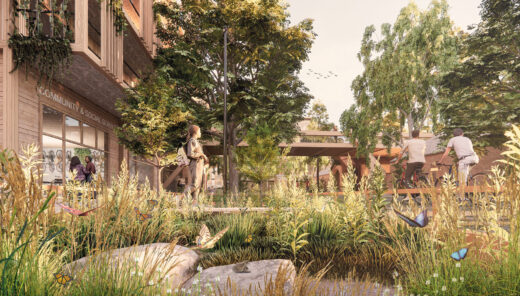
Biodiversity in practice
Over the next 15 years, Europe will need to invest about €9 trillion in upgrading infrastructure. Sweco’s new Urban Insight report, “Biodiversity in practice: From loss to gain”, shows how to put nature at the heart of this transformation. Read more
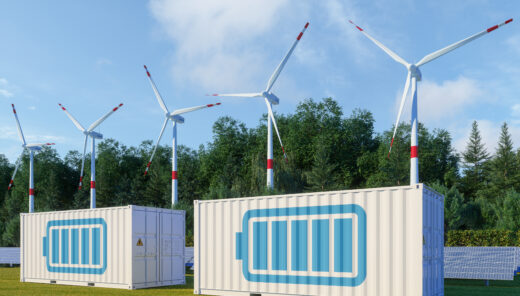
Building resilience through energy storage
Discover how energy storage strengthens industrial resilience by supporting electrification, stabilising supply and enabling a reliable green transition. Read more
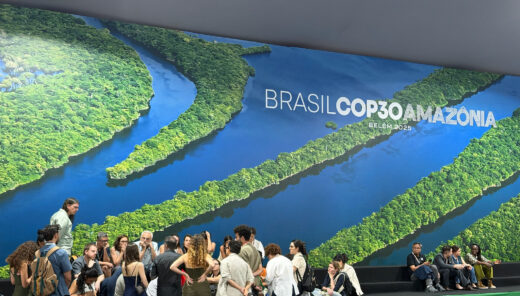
COP30 Outcomes – An architecture for implementation
The world is not winning the fight against the climate crisis, but it is undeniably still in it, the UN climate chief Simon Stiell said in Belém, Brazil, after countries at COP30 reached a deal on Saturday. Read more
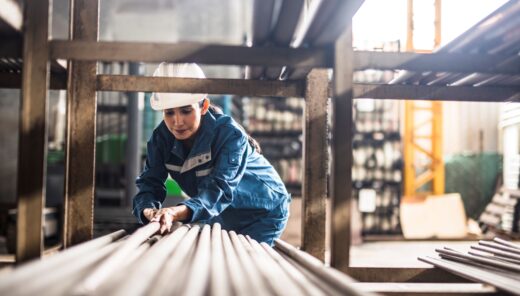
How circularity builds industrial resilience
Discover how circular economy principles strengthen industrial resilience, reduce waste and secure sustainable growth in a changing world. Read more
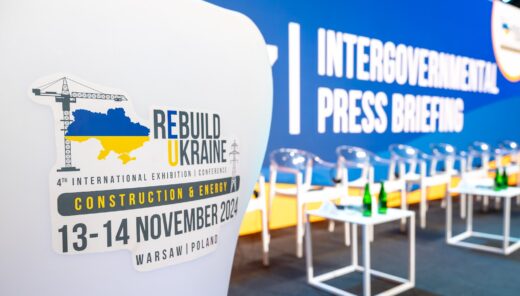
Sweco International’s president on building a more resilient Ukraine
Tina Karlberg leads Sweco Sweden’s international operations in her role as President of Sweco International. She will be part of Sweco’s delegation attending the ReBuild Ukraine international exhibition and conference. Read more
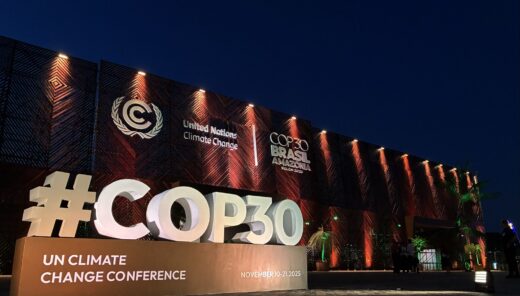
Can COP30 define the decade ahead?
On 10 – 21 November 2025, climate policy makers, scientists, civil society, journalists and the business sector all gather for two weeks in Belém, Brazil, for the 30th UN Climate Convention – COP30. Andreas Gyllenhammar, Chief Sustainability Officer at Sweco, dives into the expectations and analyses the setting of the summit. Read more
